Glass Man speaks to EZRA FRECH, the Paralympian champion and sporting all-rounder who wants to inspire others to overcome any hurdle
From Autumn Issue 55
Ezra Frech has been using a running blade since he was four. It didn’t take long for the American to weaponise his disability into extraordinary ability across track and field events. Fast forward to today, the 18-year-old is one of the youngest athletes to represent the US at the Paralympic Games, garnering him the title of one to watch.
Born with congenital limb differences, missing his left knee and shin bone, as well as fingers on his left hand, Frech underwent a life-changing operation at three years old that would leave him using a prosthetic leg.
Never once deterring him from playing sport or seriously pursuing athletics, by the time he was eight he had broken national youth records across the board and had come to realise his exceptional agility in the high jump, long jump and 100-metre sprint.
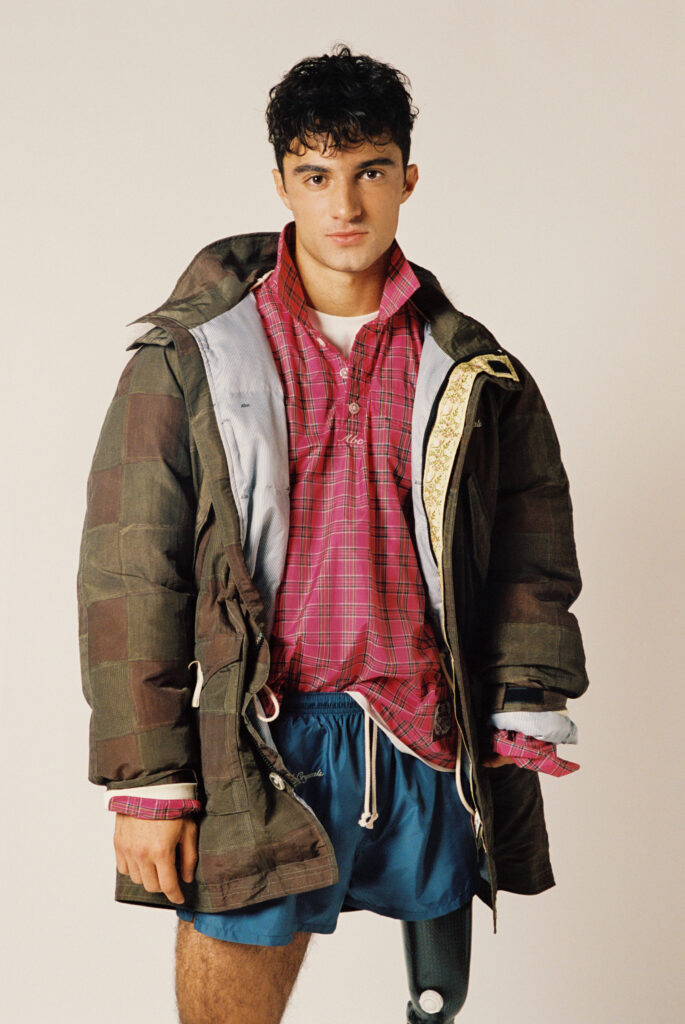
Photographer: Sam Dameshek
Since evolving from his wunderkind status, Frech has accumulated medals across his three events, taking home gold, silver and bronze, all helping him get closer to that No.1 global ranking. Beginning the year by breaking the world record for the T63 Men’s High Jump at the World Para Athletics Championships, Frech’s sights are set on the 2024 Paralympics in Paris.
While trials for this still await him, the athlete is as multifaceted outside of sport as he is inside of it with his non-profit foundation, Angel City Sports. Founded in 2013 by him, his family and close friends, the collective have provided an adaptive sports programme for children and adults with disabilities, aiming to give them the same opportunities as other athletes.
You have never let the disabilities you were born with hold you back. Why have sports been so important to you?
Sport was not just a passion for me in my early years, it was my identity and gave me a community. Being on the track, basketball court or field allowed me to escape from all of the challenges and hardships that came from living with a physical disability. It allowed me not to see myself as “the kid with one leg” but rather as just an athlete.
Why have you elected to do the long jump, high jump and the 100m when track and field athletes often focus on a single event?
It is definitely rare to see track athletes compete in these three events. But I have always been someone who loves to push the boundaries of the possible, on and off the track. Each of these three events presents unique challenges.
With a prosthetic knee, it’s very difficult to get the blade over the high jump bar. The long jump is all about mastering how much pressure you put on the blade. And in the 100m, my challenge is to hold my form throughout the race. I relish the challenge of being the best in the world in all three of these amazing events.
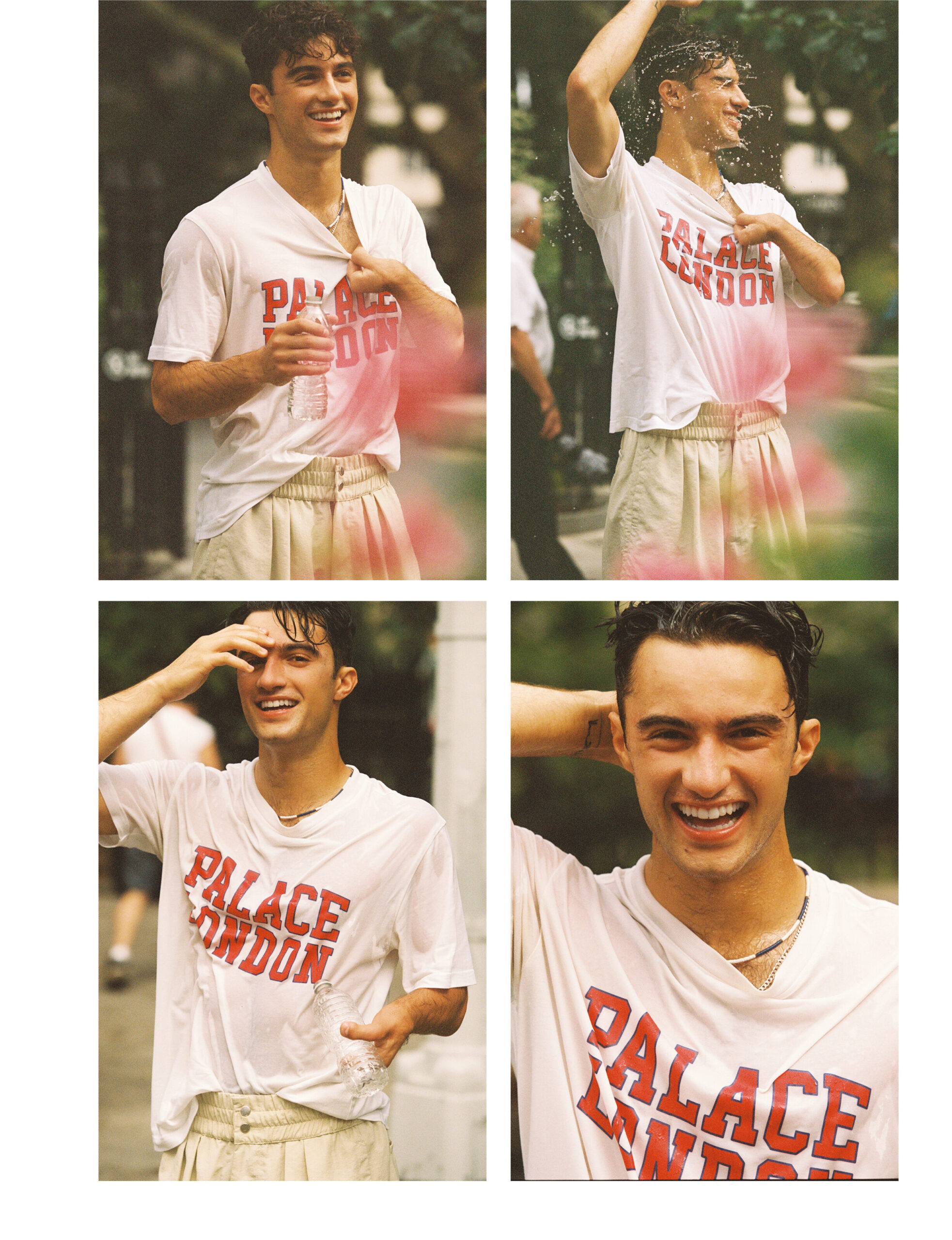
Photographer: Sam Dameshek
What is your training routine?
I am currently in the off-season, so my training consists of staying in shape with swimming workouts, weightlifting, yoga and a weekly family pickleball competition. However, I will start up on the track again shortly.
During the season, I train five to six days a week with track, plyometrics and weight room workouts. I also stay consistent with weekly physical therapy and massage sessions to keep my body healthy throughout the season. Additionally, meditation and visualisation play a large role in my preparation.
Earlier this year you participated in the World Para Athletics Championships and broke the T63 Men’s High Jump World Record. Can you describe the lead-up to that moment and what it means to you?
Winning my first world title and breaking the world record has been a dream of mine since I was a little kid. It was truly surreal to see it unfold in real-time. I had envisioned this moment so many times, I almost felt like I had been there before, that I knew the outcome before it happened. It was one of the best days of my life, given the years of sacrifice, blood, sweat and tears.
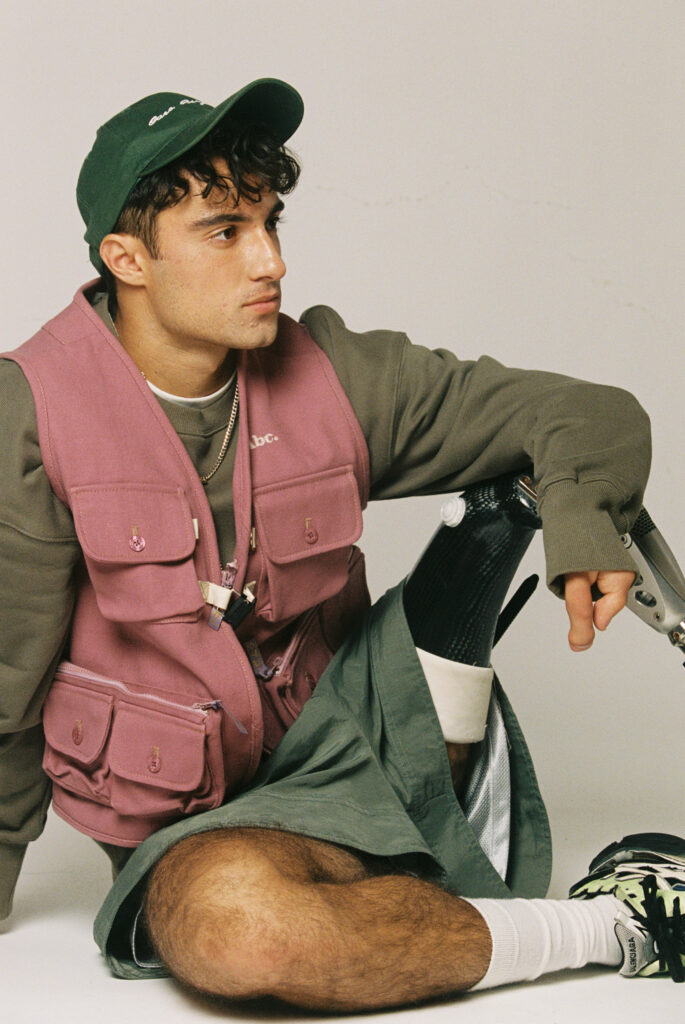
Photographer: Sam Dameshek
How are you using your Tokyo 2020 experience to prepare for the Paris 2024 Paralympic Games next summer, and what are your hopes for Paris?
In Tokyo, I missed the podium by an inch in the high jump. It was devastating to be so close yet to fall short on the world’s stage. I have learned resilience at a deep level. This loss fuels my work ethic. It drives my pursuit of the best coaching, technology, nutrition, training and recovery programme.
I swore to myself I would never feel that feeling of failure again in a major championship or Paralympic Games. In fact, as a constant reminder, my phone screen saver is of my competitors celebrating with their flags that day.
The pressure to compete on the world stage must be daunting. How do you manage this?
Honestly, I don’t allow myself to feel any external pressure. I have high expectations of myself and hold myself to a really high standard in training and competition. I know that any fear or anxiety will only sabotage that. I trust the work I put in – there is no place for pressure.
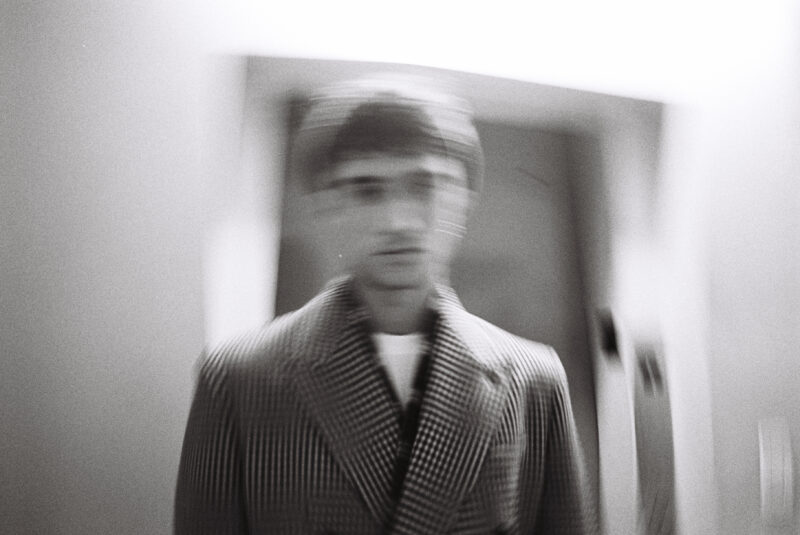
Photographer: Sam Dameshek
Being a world champion and world record holder at 18, what is the secret to your success?
I think the secret to my success has been that I dream very big. Oftentimes people shy away from setting large goals for themselves because they are afraid of not accomplishing them, but I take the opposite approach. I believe that setting audacious goals is important because it allows us to push beyond what we believe we are capable of. We leave potential on the table when we set goals that are too easy to accomplish.
One of your coaches told you to “finish well”. How has this message stayed with you?
When I was in kindergarten, I couldn’t make any of my shots on the basketball court and left the court crying. My coach at the time stopped me and told me to go back out there, saying I had to “finish well”. It shifted something within me and dramatically changed my life perspective.
I have taken that lesson everywhere with me, even at higher levels of competition. I can still hear his voice in my head when I’m having a bad training session or competition, reminding me that, regardless of how I start and how bad things might be going, I need to “finish well”.
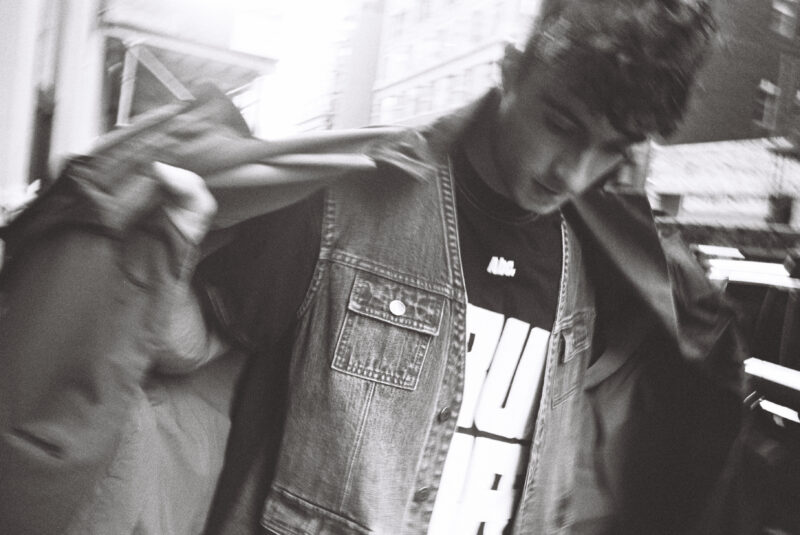
Photographer: Sam Dameshek
There are challenges that come with being an athlete but there are probably more if you have physical differences. How do you stay positive?
Growing up I had a difficult time dealing with my disability. I often felt like an outsider or that I didn’t belong, because everywhere I went in public I was stared at. There were always people pointing fingers and whispering.
As a little guy, I would get hurt and upset when this happened. As I got older, I realised that there was no point in feeling sorry for myself or wallowing in sadness. I decided that I couldn’t change my disability, therefore I might as well make the most out of my life. Over time, I came to understand that most people were not intending to be disrespectful.
Rather, they were simply curious and generally had good intentions. Now I use these moments as an opportunity to approach people and educate them on disability. This approach, combined with an amazing community of friends and family who love me and believe in me, has allowed me to stay positive through life’s challenges.
As a co-founder of Angel City Sports, which provides adaptive and Paralympic sports for kids, adults and veterans with physical disabilities, what do you see as the main obstacles for athletes?
The largest obstacle we face at Angel City Sports is awareness. Nearly one billion people, or 15 per cent of the world’s population, has a physical disability, yet most people don’t know about the Paralympic movement.
Most people with disabilities don’t believe sport is even possible for them. My goal is to change perceptions and how people with disabilities view themselves while growing the Paralympic movement. If you think the Olympics are amazing, wait until you watch and learn about the epic stories of the Paralympians and their journeys to the world stage.
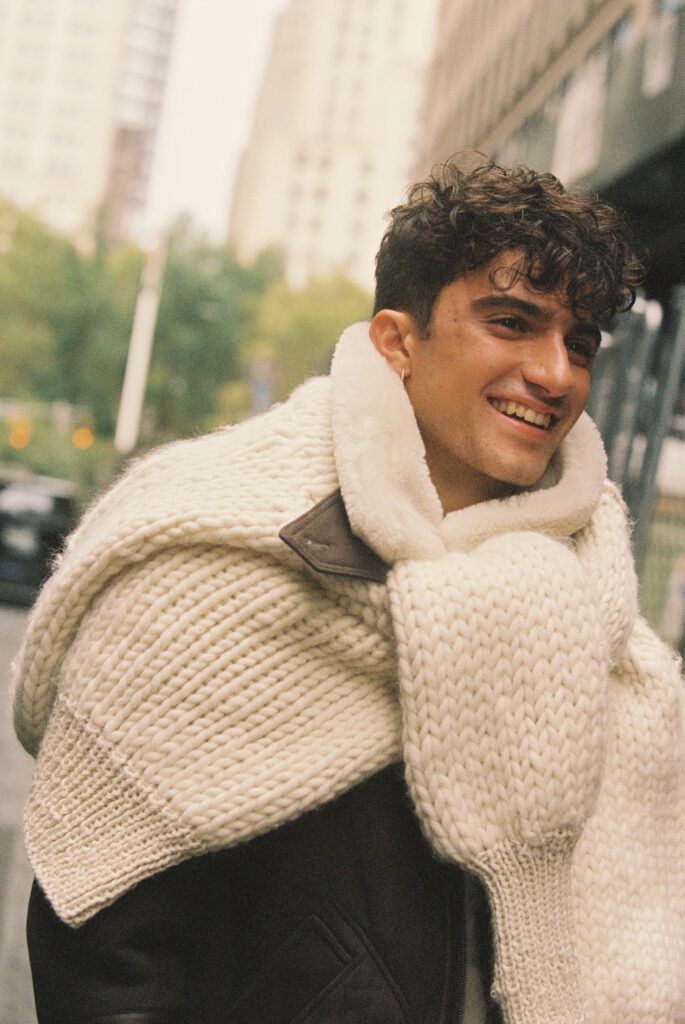
Photographer: Sam Dameshek
We are seeing an increase in diversity on the runway, including people with disabilities. Why is it important for people with disabilities to be represented in the fashion industry?
Fashion allows for the expression of individuality and creativity. It helps people feel confident in how they present themselves to the world. I love how the fashion industry is innovative and changes our culture. It’s beautiful to think that the industry can shape the future and show us a world that is inclusive of different types of bodies.
I know for myself that I didn’t have someone with a physical disability whom I could look to in the fashion or the mainstream media. For me, this is about the next generation, so that the little girl in a wheelchair or the boy who is an amputee can see someone like themselves in the world of fashion.
Where do you see yourself in the future?
I see myself becoming one of the greatest Paralympians of all time on the track, hopefully competing in four or five Games – I’ll only be 23 for LA 2028, my third Games. But off the track, my goal is to normalise disability on a global scale. I want to do this through media, social media, and by representing the disabled community in the fashion and entertainment industries.
by Imogen Clark
Photographer: Sam Dameshek
Stylist: Christopher Campbell
Groomer: Riad Azar using DIOR BEAUTY
Styling assistant: Mia Hurley
Talent: Ezra Frech
Look 1: Coat, jumper, top, shorts ADVISORY BOARD CRYSTALS
Look 2: Top PALACE, Shorts SEBASTIEN AMI, Necklace ROX STUDIO
Look 3: Vest, jumper, top ADVISORY BOARD CRYSTALS, Hat AIMÉ LEON DORE, Socks FALKE, Trainers BALENCIAGA
Look 4: Suit, top BOSS, Scarf ADVISORY BOARD CRYSTALS, Hat LORO PIANA
Look 5: Coat SACAI, Vest CALVIN LUO, Top ADVISORY BOARD CRYSTALS
Look 6: Jacket, jumper, top LORO PIANA, Jumper worn as a scarf TARPLEY
